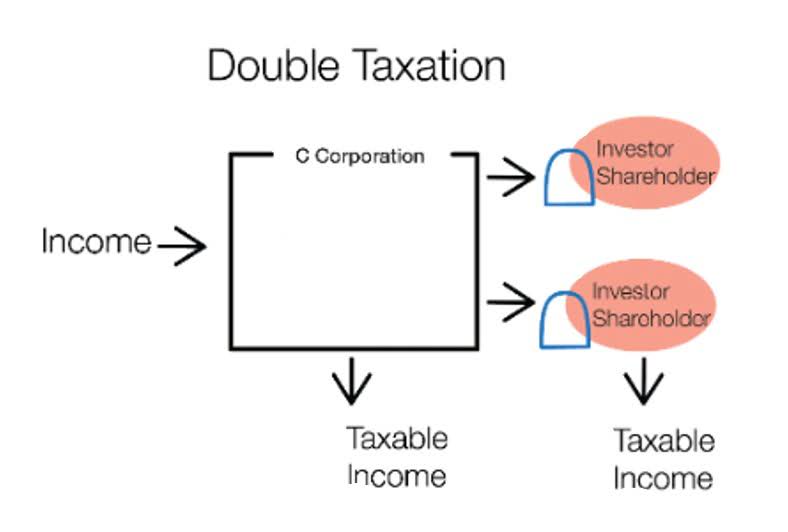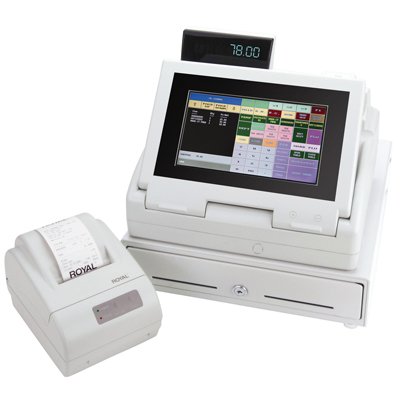free on board FOB Wex LII Legal Information Institute


DAP, or “delivered-at-place,” says a seller agrees to be responsible for transporting goods to a location stated in the sales contract. From that point, the buyer is responsible for making further transport arrangements. If a shipment is sent FOB shipping point, the sale is considered complete as soon as the items are trial balance with the shipment carrier.

FOB (Free on Board) – Incoterms® 2020 Rule UPDATED 2025

If the same seller issued a price quote of “$5000 FOB Miami”, then the seller would cover shipping to the buyer’s location. Understanding FOB is crucial for small businesses as it affects who is responsible for the goods at different stages of the shipping journey. Stay tuned to demystify the enigmatic world of fobs and gain a newfound appreciation for these seemingly mundane objects. Whether you’re a history buff, tech enthusiast, or intrigued by language nuances, this exploration of fob meaning promises to offer insights that may surprise you. Often misunderstood as a keychain accessory, the fob holds a deeper significance in various contexts. From electronic key fobs to historical watch fobs, pocket the term spans different realms with diverse implications.
Get Trade Finance Newsletter
- The type of FOB to be used is typically designated in a customer’s purchase order, and is also stated on the supplier’s invoice to the customer.
- Mike started with ATS in 2011 and was onboarded as a carrier representative covering loads.
- Find a transportation provider that cares about your safety and your reputation.
- This distribution of responsibilities delineates each party’s distinct roles in ensuring the secure and efficient delivery of goods to the buyer’s destination.
- Clearly outline responsibilities and transfer of ownership to ensure compliance with applicable laws and regulations.
- It is much easier to determine when title transfers by referring to the agreed upon terms and conditions of the transaction; typically, title passes with risk of loss.
Conversely, FOB Destination may entail higher costs and longer delivery times, as the supplier manages the entire shipping process. FOB Factory is typically favored when the supplier needs to maintain stringent control over the loading process, ensuring goods are dispatched in optimal condition and punctually. It’s important to note that FOB Factory shipping point is applicable primarily to sea or inland waterway transport.
- For more information on shipping terms and best practices, refer to resources from the U.S.
- It stands for “Free on Board” or “Freight on Board”, and it defines shipping terms specific to transit by sea and inland waterways — it is not applicable to air, rail and road transit.
- Basically, the seller can mark the goods as “complete” in their books and the buyer handles the rest.
- This blog post will delve into the multifaceted world of fobs, shedding light on their origins, uses, and cultural relevance.
- As a leading export agent from China, we handle transportation, customs, and warehousing.
What is FOB (Free on Board)?

FOB indicates who bears the cost of freight, insurance, and loading/unloading charges. You can negotiate better pricing and terms by understanding the cost implications of different types of FOB. FOB is directly related to the costs, risks, and responsibilities involved in shipping. You will incur cost Liability, freight, insurance, and all other transportation costs. In this form of FOB, you-the buyer, obtain ownership and responsibility over the goods when they’re loaded onto the vessel from the seller’s shipping point.

- To help, here are a few nuances that you should know before you enter a business contract for products.
- The seller will provide proof of all the export clearing procedures to the buyer, so the buyer will require those documents for importing goods to his country’s port.
- The other portion of the FOB designation sets out how the freight costs are paid in the transaction.
- Opting for FOB Destination benefits buyers who prefer the supplier to handle the logistics, ensuring goods arrive safely and on schedule.
- FOB point is a fundamental element of international trade that delineates transportation responsibilities, cost allocation, and risk ownership between sellers and buyers.
- This separation allows parties to tailor insurance coverage to their needs, ensuring comprehensive protection.
- In North America, the term “FOB” is written in a sales agreement to determine when the liability and responsibility for the shipped cargo transfers from the seller to the buyer.
Buyers should be aware of the duties they are going to pay as import duty and tax. They would incur charges for insurance and freight, and the buyer bears these costs in FOB after loading. One party (Buyer & Seller) will have the upper hand in the shipping, whether it’s FOB Origin or FOB Destination.

Mitigation of Geopolitical Risks
We recommend buyers consider FOB Incoterms when they wish to use a China Bookkeeping for Startups Freight Forwarder to organize their shipments. We suggest this because FOB will offer low unit pricing for the cargo sold while also allowing the seller to take partial responsibility for the freight for as long as it remains within their country. We also recommend that newer importers work with a China third-party logistics company company to assist them in the process. FOB (Free On Board) means the seller’s responsibilities end once the goods reach the ship’s rail, so the buyer takes over. As opposed to “delivered”, which means that the seller bears all risks and costs until the goods get to the buyer’s destination.




